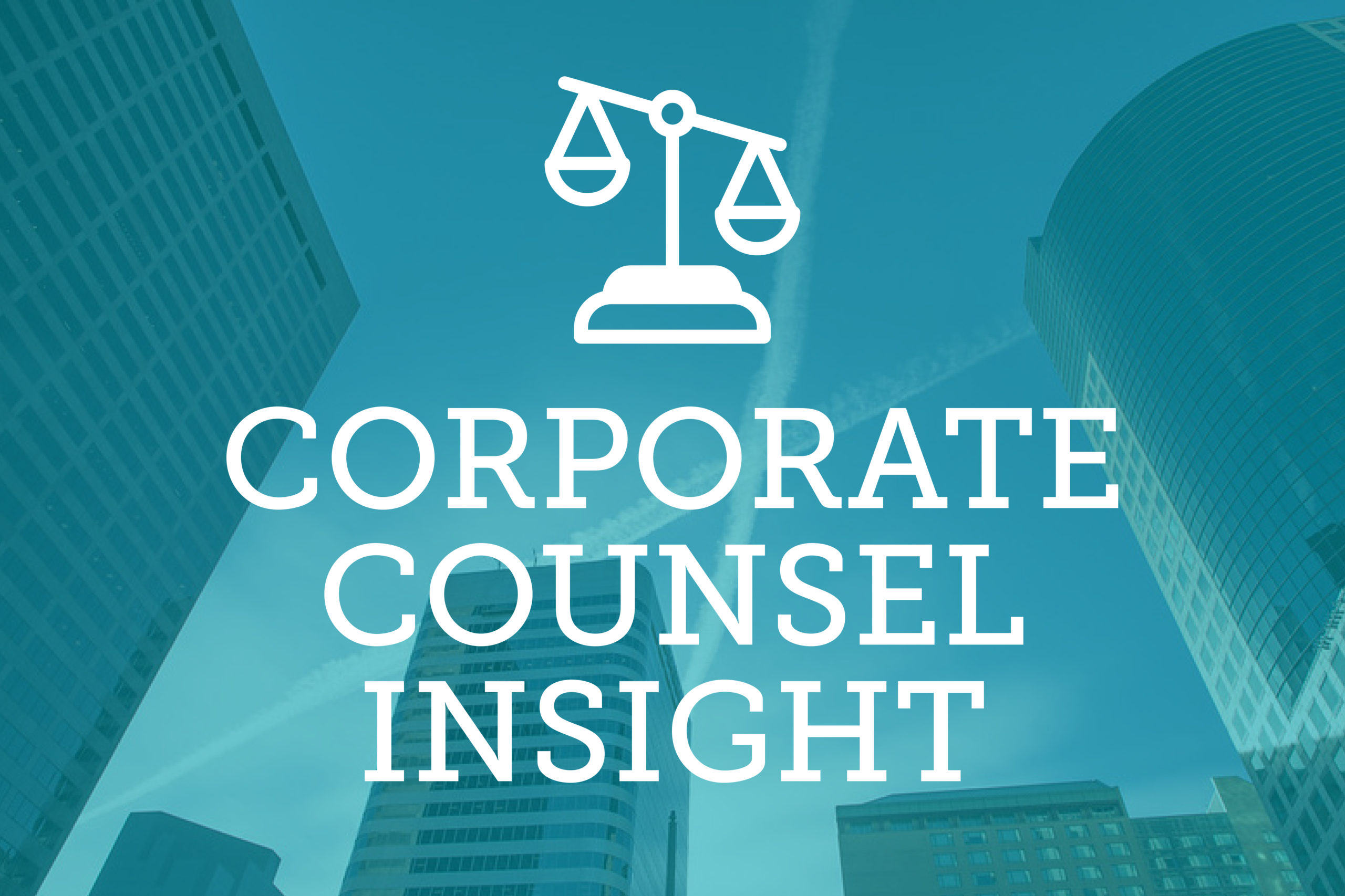

Uber and other gig economy companies are getting encouraging opinions from federal agencies on the use of independent contractors.
In an advice memo released this month, the National Labor Relations Board’s associate general counsel said Uber drivers are independent contractors, not employees of the company, under the National Labor Relations Act. This follows the Department of Labor’s opinion letter from April that said gig economy workers can’t be considered employees. Taken together, the agencies are reinforcing Uber and similar companies’ contractor-based business models at a time when they’re beset by misclassification lawsuits.
Drivers for Uber are independent contractors because of the amount of “entrepreneurial opportunity” they enjoy, according to NLRB Associate General Counsel Jayme Sophir. Sophir relied on SuperShuttle DFW, Inc, a decision the NLRB issued in January that brought back the board’s “common-law agency” test. The test weighs 10 factors in the company-service provider relationship to determine how much professional flexibility the service provider has. If ride-sharing app developers and similar companies are found to be employers of people who perform work through those apps, then those workers would be entitled to minimum wage, overtime pay and other rights afforded to employees. The largest gig economy companies have long been embroiled in litigation over the worker classification issue. In March, Uber paid $20 million to settle a lawsuit brought six years ago by Uber drivers who demanded minimum wage and benefits.
Drivers for Uber, Sophir noted, provide their own vehicles and gas and have “unfettered freedom” to set their own hours and work locations. That is in contrast to a different NLRB decision, Elite Limousine Plus, where the company controlled where the drivers worked, among other conditions, and the NLRB found the limo drivers to be the company’s employees. The NLRB associate general counsel also pointed out that Uber doesn’t disallow drivers using its app to do work through other ride-sharing apps, like Lyft.
“This Uber case is a clear roadmap on how to do it right,” said Steven Suflas, a labor and employment lawyer and managing partner of Ballard Spahr’s Denver office. Some aspects of Uber’s relationship with Uber drivers point toward an employer-employee relationship, Suflas said. Those factors include the performance standards the company enforces and the fact it evaluates driver performance to determine whether they can keep doing work through the company. But the drivers’ opportunity to decide how, where and when they work supersedes those factors, he added.

The Labor Department uses a six-factor “economic dependence” test to determine whether a worker should be classified as an employee under the Fair Labor Standards Act. In its April 29 letter to an unnamed “virtual marketplace company,” the Labor Department’s Wage and Hour Division said the company’s “service providers” are economically independent of the company; the company “provides a referral service” and does not employ the “service providers” who do work through the company.
“The service providers are not working for [the company’s] virtual marketplace; they are working for consumers through the virtual marketplace,” according to the letter. “It is therefore inherently difficult to conceptualize the service providers’ ‘working relationship’ with [the company], because as a matter of economic reality, they are working for the consumer, not [the company].”
During the Obama administration, the worker classification issue “was really up in the air,” said Bill Berger, a solo labor and employment attorney and founder of L2S Legal. The Labor Department and the NLRB under President Trump have shown they’re taking a strong pro-gig economy company stance, he added. “I don’t think you can be more psyched if you’re a gig economy company,” Berger said. Still, the DOL and NLRB opinions don’t carry the weight of court precedent. “The problem is these are just two opinions by these two agencies,” he added.
What companies will want to watch for next, he said, is how courts rule on gig economy worker classification and whether they defer to the agencies’ interpretations of the NLRA and FLSA. A gig economy company probably wouldn’t consider the opinions “locked in place,” Berger said, “but they’re sure better than the alternative, and they’re pretty strong.”
Suflas said that gig economy companies, as well as traditional companies, should still watch out for state laws pertaining to worker classification. In some cases, states are legislating worker-friendly protections as a response to the Trump administration’s stance on the issue.
“In these partisan political times, we’re seeing states jumping into what they see as a vacuum due to a perceived decrease in regulation by this administration,” Suflas said.
For example, California lawmakers are considering a bill to codify the so-called “ABC” test that makes it tougher for employers to properly classify workers as independent contractors. The three-factor test had already been adopted by the California Supreme Court.
Employers have to be aware of state laws on worker classification if they operate in other jurisdictions such as California, Suflas said.
Generally, if the state laws touch on union issues, they’ll be preempted by the NLRA, but wage-and-hour provisions won’t be preempted by federal law, he added.
— Doug Chartier

